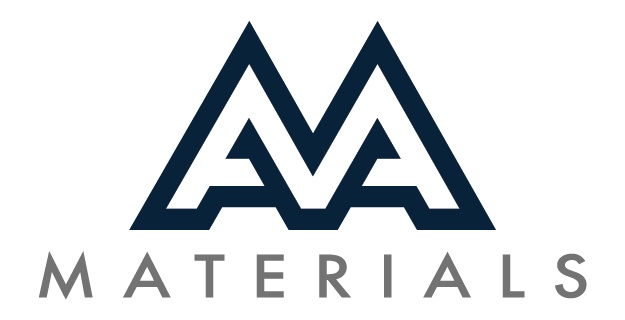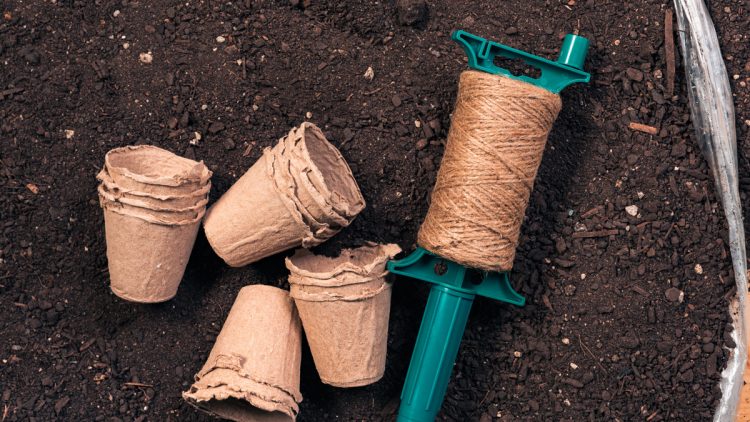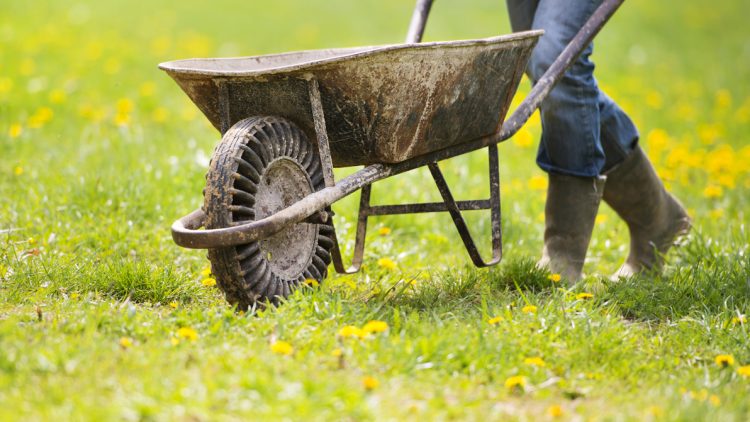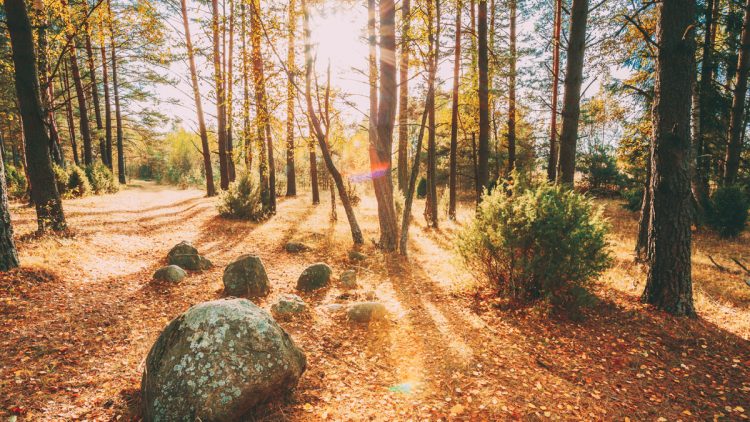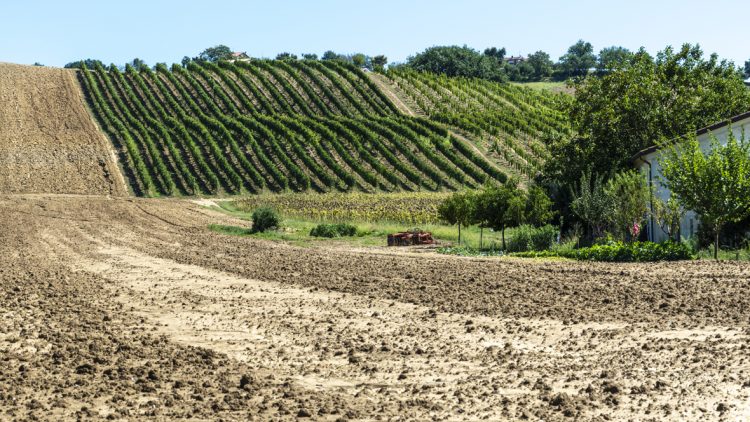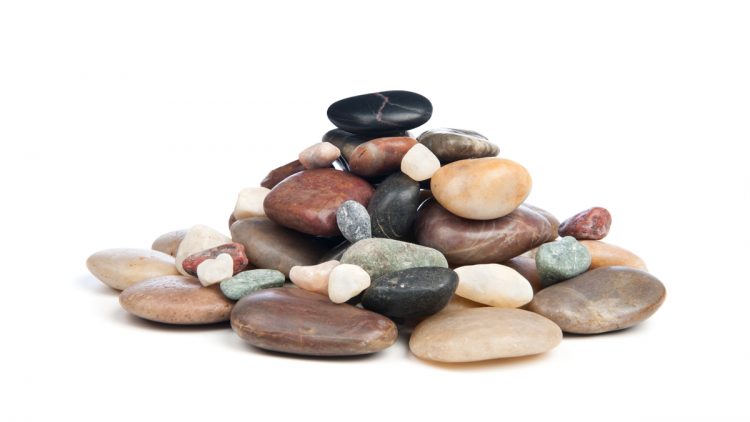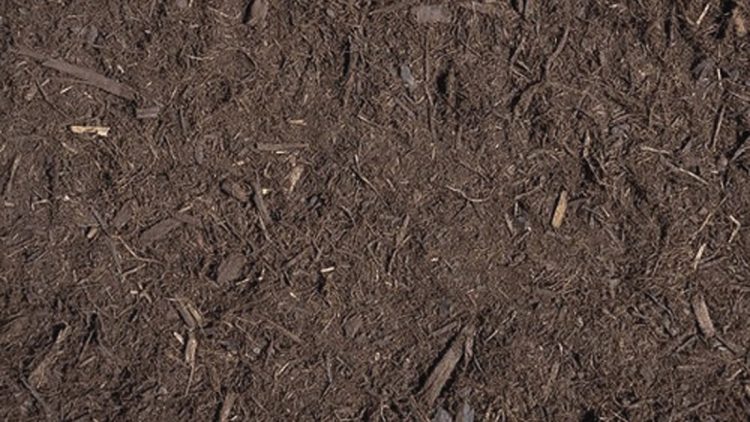Landscaping Soil
Soil is needed for nearly every landscaping task there is. Whether it’s gardening upkeep, planting or simply surrounding an area, soil serves many purposes. But, for many new to the world of landscaping, soil can be a misunderstood term. Let’s explore soil, mulch and compost as we dig into your landscape visions.
Soil
So why is soil such a tricky word for many landscaping consumers? Basically because the term soil is so loose. Many view soil as dirt and vice versa. There are two major types of soil, which differ from typical dirt used in gardening. One type is garden soil, while the other common type is topsoil. Garden soil is used for the obvious reasons. This soil is turned with existing soil prior to any planting to improve overall soil quality.
Although it won’t differ much from natural garden soil, it is essential to use garden soil before any planting is performed. Topsoil is another soil that is easy to analyze. This layer goes on top with its calculated blend of rich nutrients that your soil desperately desires. Most layers of topsoil can be up to one foot deep.
Dirt
Dirt serves a variety of purposes, as well. Laying dirt is the very first step in any gardening process. From fill dirt to screened fill dirt, landscapers must value the process of planning by laying dirt before moving on. Fill dirt is found beneath the top layer of soil.
Composed solely of sand, clay and rocks, fill dirt does not contain any organic matter. Screened fill dirt will penetrate far deeper than typical fill dirt. This very fine dirt will help create a sturdy base for whatever the season may bring. Even heavy rainfall will pose very little threat to screened fill dirt.
Compost
Compost is comprised of decomposed plant and organic animal matter. Many people think this can be used as a replacement for topsoil. Instead, it should be mixed into the existing soil to improve the overall quality. Already rich with nutrients, compost can even make nutrients available for plants.
Mulch
Mulch, like soil, is another necessary component for any and all landscaping ventures. The many benefits from using mulch include insulation for the soil, limiting weed growth, reducing erosion and retaining moisture. Think of mulch as your soil’s protector, always by its side, assuring the best possible life. Mulch should be laid at one of two times during the year.
The first is during the spring months to absorb all water associated with the rainy season. The other time to lay mulch would be heading into the winter. Mulch is used as insulation for the upcoming colder months. Laying mulch is an exact science, so make sure to properly calculate the exact amount of mulch needed for your project.
